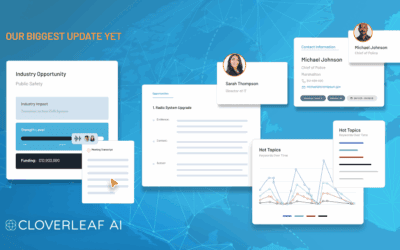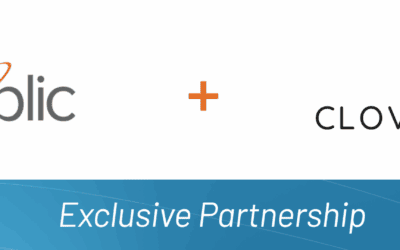Common Pitfalls to Avoid
Government contracts present enormous growth opportunities for businesses of all sizes, but breaking into the public sector can be more complicated than it seems. From navigating compliance requirements to understanding agency priorities, the process of winning government work is often slow-moving, complex, and highly competitive. Whether you’re new to government contracting or looking to improve your approach, avoiding the most common pitfalls can significantly increase your chances of success.
Below, we break down some of the biggest mistakes businesses make when pursuing government contracts—and how to avoid them.
1. Waiting for the RFP to Lead the Way
It’s easy to assume the contracting process begins with the release of a formal Request for Proposal (RFP). In reality, by the time an RFP is published, agencies have often defined their needs, secured internal buy-in, and may even have preferred vendors in mind. Vendors that rely solely on RFP notifications are often too late to influence the decision-making process.
To stay ahead, successful businesses identify opportunities earlier in the procurement lifecycle. That means paying attention to agency meetings, budget approvals, capital improvement plans, and other public signals that indicate upcoming work. Early engagement allows time to build relationships and align your offerings with agency priorities—before the requirements are locked in.
2. Underestimating the Complexity of the Process
Unlike commercial deals, government contracts involve a layered and often bureaucratic process. Each agency has its own procurement rules, evaluation criteria, and technical requirements that must be met precisely. Many businesses falter by assuming the same sales approach they use in the private sector will work in the public space—it often doesn’t. Overlooking small regulatory or procedural details can disqualify you before your proposal is even reviewed.
Understanding the procurement lifecycle, from planning and budgeting to solicitation and award, is essential. The Small Business Administration (SBA) and GSA both provide educational resources, but tracking each agency’s process manually can be time-consuming. Technology can help. Automated tools that surface changes in procurement policies or track agency-level updates in real time can make a major difference in staying compliant and competitive.
3. Focusing Only on Proposals
While proposal writing is critical, it’s just one part of a much larger strategy. Many businesses pour time and resources into proposal development but fail to lay the groundwork that makes those proposals competitive. Agencies are more likely to award contracts to vendors they know and trust, especially when the scope of work is nuanced or mission-critical.
Winning vendors often participate in agency meetings, attend pre-solicitation events, and build long-term relationships with decision-makers. These activities signal reliability and increase familiarity, which can influence award decisions. Simply responding to open bids without context or connection puts you at a significant disadvantage. Instead, consider the proposal as the final step in a relationship-building process that starts well before a project is formalized.
4. Neglecting Strategic Partnerships
Government contracts—especially larger or more complex ones—frequently require teaming. Strategic partnerships, such as joint ventures, subcontracting relationships, or mentor-protégé agreements, can improve your eligibility, strengthen your bid, and expand your capacity to deliver. Small businesses, in particular, can benefit from teaming with established firms that bring past performance and technical depth to the table.
Forming these alliances takes time, so identifying the right partners early is essential. Many agencies publish lists of pre-qualified vendors and encourage teaming for set-aside contracts. Tools that provide insight into who’s working on what—like contract award databases or Cloverleaf’s partnership mapping features—can help you find collaborators that align with your goals. Failing to consider these partnerships could mean missing out on a sizable portion of the market.
What’s Next?
Securing government contracts requires a blend of strategy, foresight, and execution. Businesses that succeed consistently are those that invest in early-stage intelligence, build relationships before the procurement phase, and stay agile enough to respond to evolving requirements. Understanding what agencies are planning—not just what they’re currently procuring—can give you a real competitive advantage.
Publicly available information like council minutes, budget allocations, and infrastructure planning documents often hold early clues about upcoming contract opportunities. Yet this data is unstructured and difficult to track manually. Platforms designed to analyze and surface these early signals can streamline the process and help you move faster than competitors who rely solely on RFP alerts.
Ultimately, government contracting isn’t about chasing what’s already public—it’s about anticipating needs, showing up early, and positioning yourself as a valuable partner. By avoiding common missteps and adopting a proactive, data-informed strategy, you can significantly improve your chances of winning and delivering on government work.
Stay tuned for our upcoming guide, where we’ll dive deeper into actionable strategies for winning government contracts, from getting involved early to crafting winning proposals. By refining your approach, you’ll be better equipped to thrive in the competitive world of government contracting.








